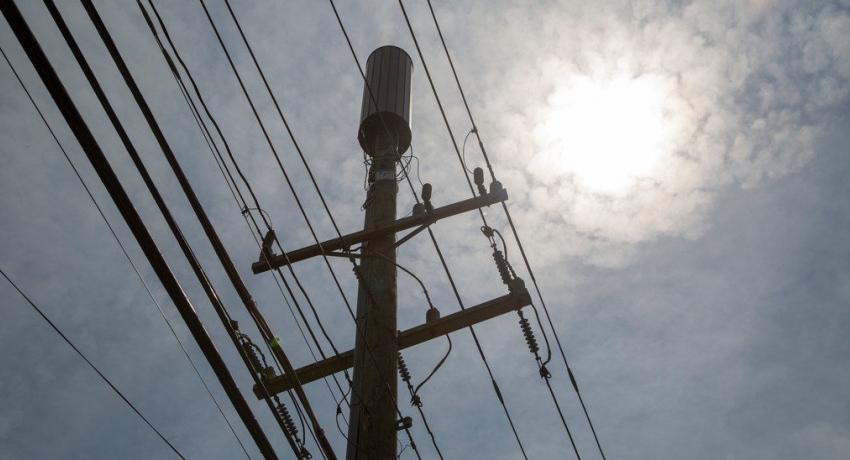The heat of summer brings with it a greater risk for power outages in parts of the U.S. and Canada. On May 18, the North American Electric Reliability Corporation (NERC) shared its 2022 Summer Reliability Assessment, which warns that upper and central Midwest states are at an "elevated" or "high-risk" of energy shortfalls over the summer due to predicted above-normal temperatures, drought conditions, and wildfires. That announcement does not include Ohio. The regional transmission organization (PJM) has maintained both capacity and energy markets that will ensure an adequate supply of energy in Ohio and our immediate region of the country.
NERC’s announcement aligns with research findings released last month by Midcontinent Independent System Operator (MISO), the independent, member-based organization responsible for operating the power grid across 15 U.S. states and the Canadian province of Manitoba. In April, MISO released the results of its 2022-2023 Planning Resource Auction, indicating that parts of 11 Midwestern states, Ohio not included, may not have enough capacity to supply the power its residents will need in 2022-2023. At-risk states include Illinois, Indiana, Iowa, Kentucky, Michigan, Minnesota, Missouri, Montana, North Dakota, South Dakota, and Wisconsin. The findings of this research underscore the importance of having a diverse power generation portfolio to maintain power grid reliability and manage uncertainty in a changing energy landscape.
The leaders of Buckeye Power, which generates and transmits power to Ohio’s 24 electric cooperatives, believe the NERC and MISO reports accurately reflect the fragility of the electric grid in North America. It also contends a contributing factor to the marginal generation availability is the premature retirement of baseload electric generating facilities and the rapid movement to intermittent renewable energy sources.
Reliable power is an expectation that seldom receives much notice, until events in other parts of the United States expose the fragility of the electric grid. Both California (2020) and Texas (2021) suffered blackouts that impacted thousands of customers because low energy prices were favored over reliability. Contingencies did not exist for severe weather events or a shortage of generation capacity. Further, the interdependency of the natural gas and electric utility industries is often overlooked which contributes to lower reliability for both.
Those events in Texas and California, along with the potential challenges in the Western and MISO regions in 2022, are subjecting customers to excessive outages and blackouts because of poor planning and policies that disproportionately incentivized the proliferation of intermittent generation resources. Ohio and the Midwest region should not compromise on power reliability.
The significant challenges of integrating large quantities of intermittent renewable power to the regional transmission grid without adequate baseload generation cannot be underestimated. Until sufficient technology is developed to support intermittent generation, baseload fossil fuel is needed to meet the constant need for electricity.
Ohio’s Electric Cooperatives President and CEO Pat O’Loughlin says these capacity shortages should not directly impact Buckeye Power but are a warning sign of the road the industry is headed down. “Once a regional shortage occurs, reliability for all suffers,” said O’Loughlin. Buckeye Power will advocate for policies that support the need for baseload generation that is clean, reliable, and technically feasible, and is committed to providing a mix of generation resources that balance affordability, reliability, and environmental responsibility. Here’s how Ohio electric cooperatives take an all-of-the-above approach to power generation to help maintain grid reliability.
Here's what others have to say:
- NRECA: Weather, Demand and Supply Delays Could Threaten Reliability This Summer
- EnergyWire: Grid monitor warns of U.S. blackouts in 'sobering report'
- Wall Street Journal: Coming to a Town Near You: Power Blackouts
- Fox News: Renewable energy dependence could lead to rolling blackouts in Michigan this summer






